The Newcomers Guide To Unlocking The Best Experience At A Whisky/Rum/Gin/Sake/Beer Bar [Part 2]; Or How To Actually Have A Great Time At A Bar 101
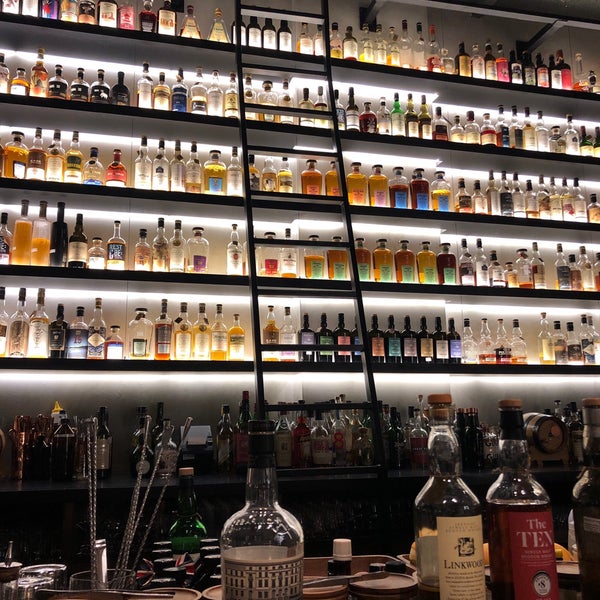
The Newcomers Guide To Unlocking The Best Experience At A Whisky/Rum/Gin/Sake/Beer Bar; Or How To Actually Have A Great Time At A Bar 101 (Image Source: Foursquare)
We've gone over how to get around a cocktail bar, and that's just the easy part!
Cocktail bars tend to fashion themselves to be more accessible to bar hoppers, serving Instagram-worthy cocktails, and are generally designed for a fun time, wrapped around great stories and themes.
Yet, for all the fun they promise (and they are incredibly fun), they are not designed for drinkers to get acquainted with specific categories of alcohol.

If you'd like to get more familiar with specific categories such as whiskies, rums, wines, gins, beers, tequila, the list goes on, you'll find better luck hitting up a specialist bar that focuses on some of these alcohols and spirits.
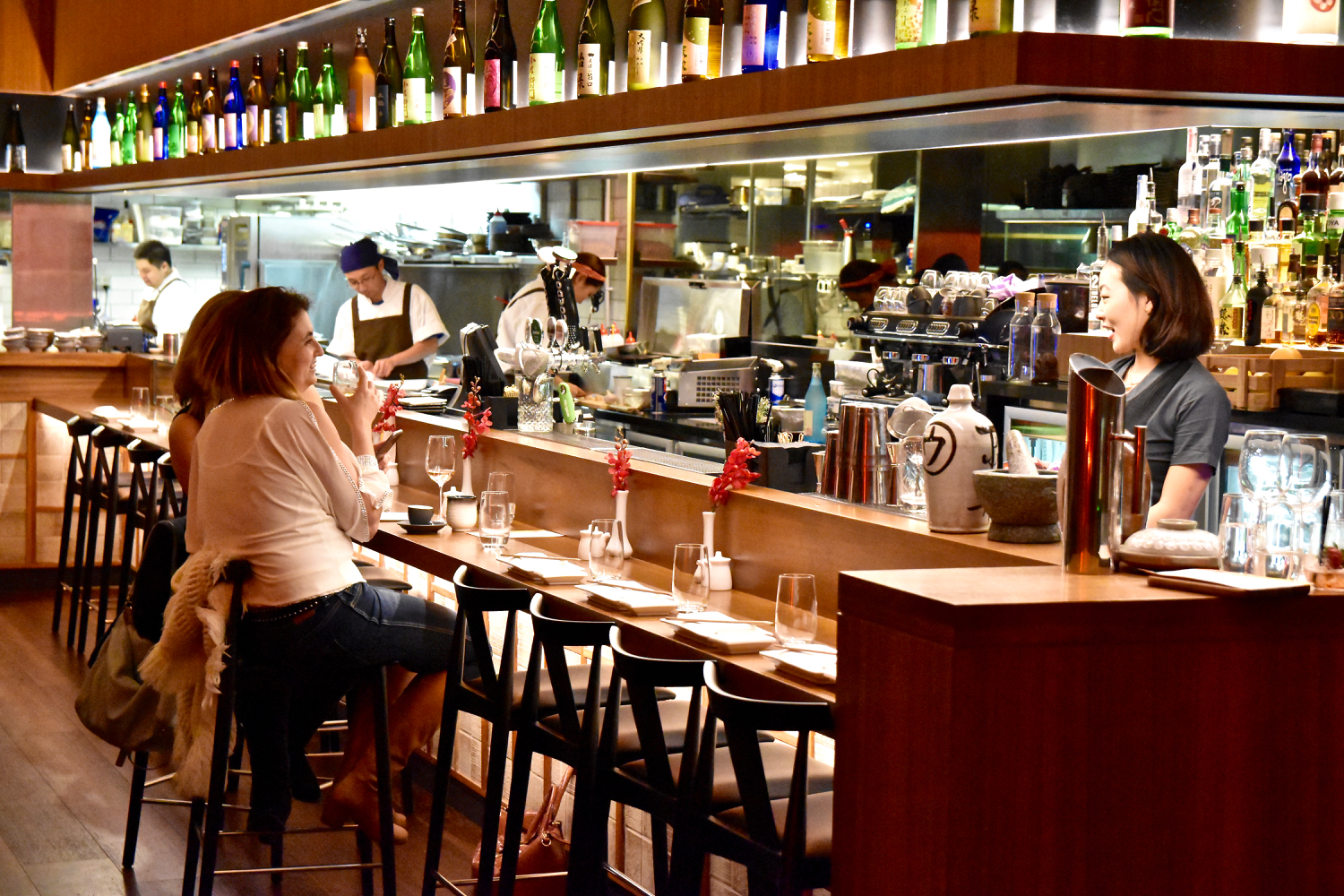
A dedicated Sake bar is probably a better place to get acquainted with the Japanese craft spirit than a cocktail bar. (Image Source: Gastrology)
It might be a craft beer brewpub, a whisky and rum bar, or a sake dining experience, these places are dedicated to promoting the appreciation of specific drinks and typically have staff who are well versed in providing more information that is important to specific expressions. They also typically offer a wide range of selections from that dedicated beverage which allows you to dive deep into the category.
If you're looking to get into whiskies, rums, beers, wines or sakes, and anything in between, this is where you should go to.

Brew pubs like Smith Street Taps have in-house craft brews that offer unique flavors and experiences for those thirsty for a pint. (Image Source: Honeycombers)
For the Whisky/Rum/Wine/Gin/Beer/Sake/Tequila/Specialist Spirits Bar
Flip open a menu and even the best of ‘em are daunted. Rows upon rows, pages on pages of every name imaginable, and in every possible numerical and language combination.

With the right heuristics, this can look less like homework and more like a rum lover's paradise. (Image Source: Auld Alliance)
“Clement Rhum Vieux Rare 2002 Matured 15 Years and 1 Month”
Or “NIIZAWA Reikyo Absolute “0” Junmai Daiginjo”
Am I reading some ancient Greek epitaph, you might wonder.
Combined with the very pragmatic reality of how much these cost, it is easy to simply do a mental sorting to pick out what is cheapest, if you haven’t a clue what any of these are. And if you aren’t thinking about the price, the alcohol by volume (ABV) should certainly scare you when you find out some of these are a whopping 65% ABV (beer is just around 7% ABV on average, and wine about 10% ABV on average, for the record).
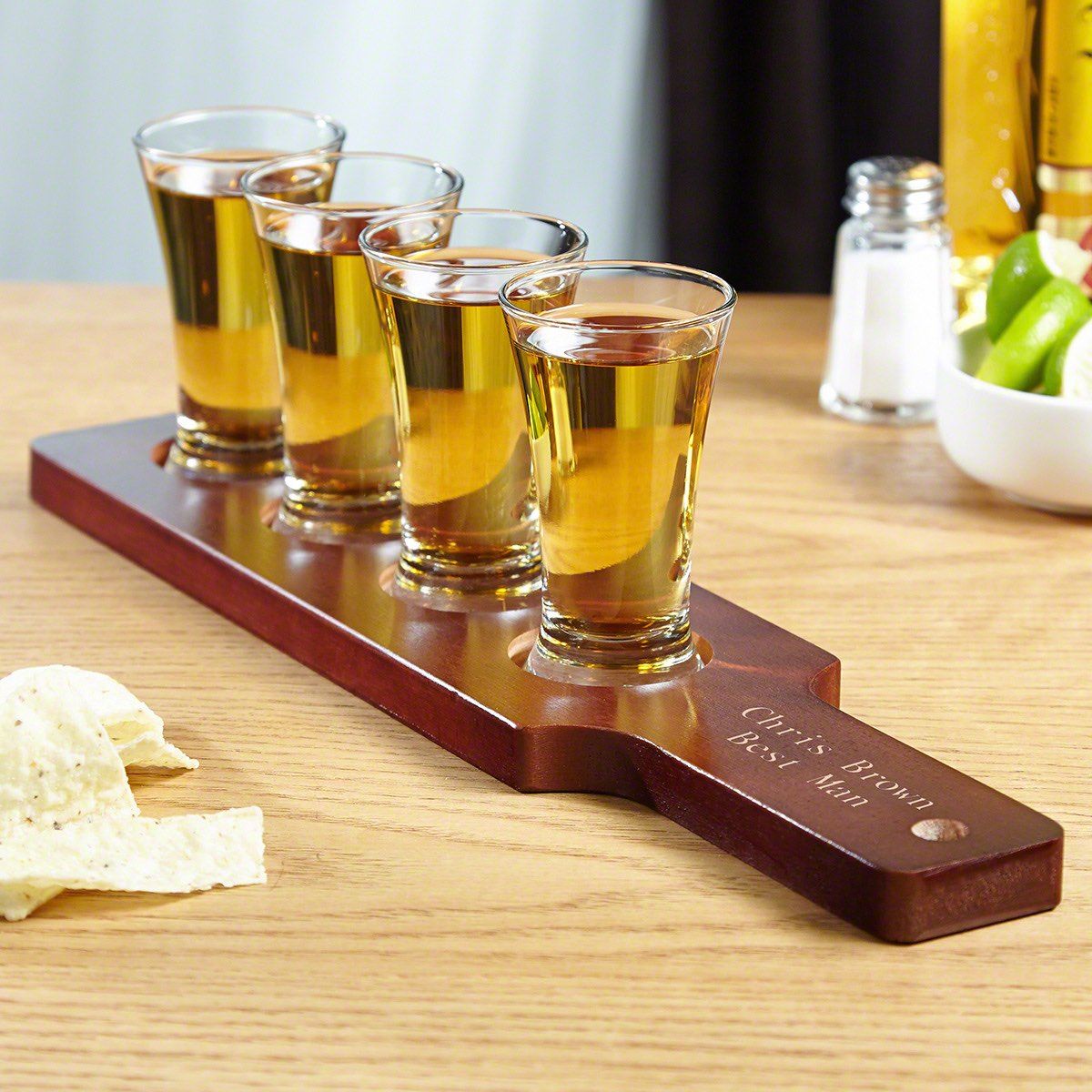
"Okay so which one's cheapest?" is probably not the way you want to decide what you're going to be having at the bar. (Image Source: Home Wet Bar)
Unfortunately, we’ve all been there, paid what felt like too much, for something we knew nothing about or what to expect, only for it to taste absolutely too strong, sharp, or hot for our liking. Some perhaps flew on the other side of the spectrum, tasting not too far off from water. Just worse. Paying for less-than-water is probably as viscerally disconcerting emotionally as it is financially.
We’ll give you some tips to eke out the best experience from your time at a whisky/rum/wine/gin/beer/sake/tequila/specialist spirits bar.

Rums are predominantly (not entirely) produced along the string of Caribbean islands, each island less than 20 minutes away from one another by boat, and yet each producing wildly different styles of rums. (Image Source: Cargo)
Tip #1: Start with selecting the type of alcohol/spirit you’d like to try (are you here for whisky or rum, or maybe gin or sake, perhaps wine or beer, or even something else). As most drinks are built around a specific ingredient base, their flavors originate from that base.
Most spirits revolve around a base agricultural ingredient that is fermented (the process by which alcohol is created) and some are additionally distilled (to remove organic impurities, leaving behind a higher concentration of alcohol).
Here are the most common ones and their associated flavour profiles (generally speaking!):
:max_bytes(150000):strip_icc()/alcohol-by-volume-353204_final_3-838dac31c79345f9b065637cdb26360e.jpg)
Every alcohol comes from one of three production processes - 1. Fermented (eg. Wines, Ciders), 2. Fermented and Brewed (eg. Beers, Sake), 3. Distilled (eg. Whisky, Rum, Gin, Liquers). (Image Source: Spruce Eats)
Non-Distilled Alcohol (Fermented and usually lower ABV)
Wine (Red and White, Sparkling and Non-Sparkling, etc.) - Fermented Grapes: Berries and spices, likened to fruit juice or cordial, generally sweet with varying degrees of astringency (tartness)
Beer (Lager, Ale, Stout, Pilsner, Porter, etc.) – Fermented Barley: Malty, bready, fizzy, refreshing and some amount of caramel sweetness, generally sweet, with some bitterness from hops (a green cone-shaped flower used in the beermaking process)
Sake (Junmai/Ginjo/Daiginjo, Honjozo, Namazake) – Fermented Rice: Comparable to a dry white wine with some astringency, mildly sweet, clean tasting, with varying flavors of white fruits, florals, nuttiness, or savouriness.
Mead – Fermented Honey: Lightened dessert wine, obvious honey notes, sometimes fruity, variations of dry to sweet, thin to thick mouthfeel.
Cider – Fermented Fruit Juice: Refreshing, crisp, tangy, citrusy, sweet, lighter bodied, fruity notes depending on what fruit juice is used for fermentation.
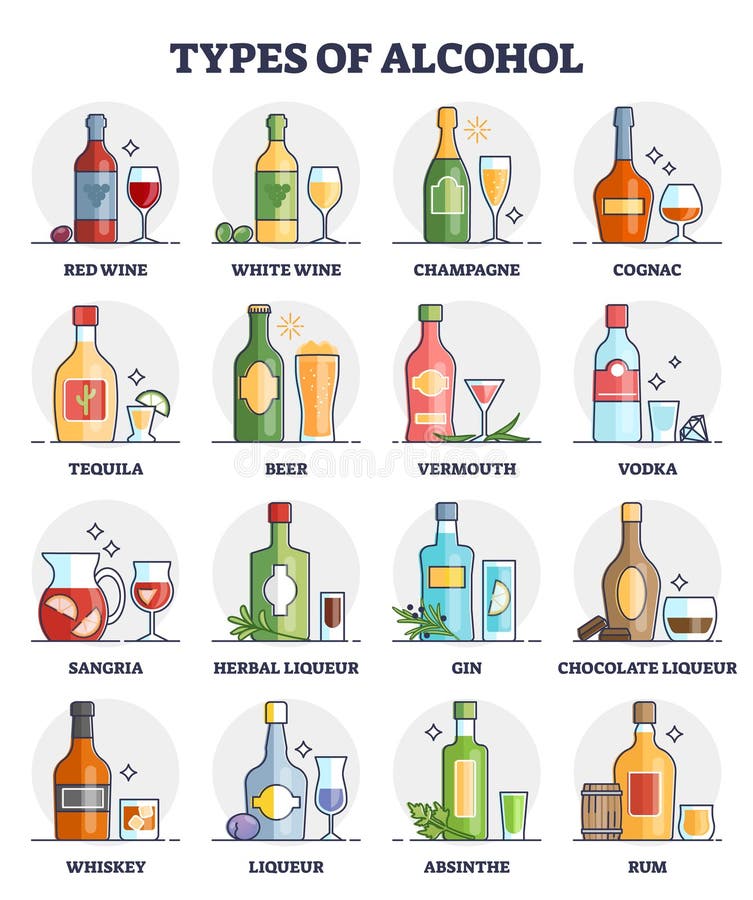
Despite the wide range of alcohols that exist, one easy way to separate them is whether they are distilled. (Image Source: Dreamstime)
Distilled Alcohol (Distilled and usually higher ABV)
As distilled alcohols tend to strip out more organic matter from the liquid, leaving more alcohol, they tend to have a greater variety of notes that can be wildly complex. While I foolishly attempt to capture a general sense of what each of them are like, do bear in mind that these are of course very large (and bold) generalisations. That said, there’s some weight to what is laid out as each of them revolve their distillation around a specific type of agricultural produce which not only is where the alcohol is derived from, but certainly influences the general profile of the spirit. Otherwise why not make whisky out of agave then?
Whisky (Malt and Grain, and Bourbon, etc) – Fermented Barley (Malt), Maize, Wheat & Rye (Grain) that is subsequently distilled: Highly varied but some key dimensions include smoky and peaty (sometimes likened to herbaceous), floral, fruity, rich and rounded or malty and dry. They also tend to be oaky (or woody), generally sweeter and relatively heavier-bodied and creamier in texture.
Gin (London Dry, Plymouth, Old Tom, Sloe, etc) – Neutral alcohol derived from fermented grain, wheat or barley; that is then distilled with juniper berries and sometimes other botanicals: Clean tasting, with a strong note of pine needles (think a pine tree forest), typically with notes of citrus, and other flavors derived from the specific botanicals used for that particular gin.
Rum (Rum, Ron, Rhum, Rhum Agricole, White Rum, etc) – Fermented and distilled sugar cane by-products; molasses, juice or syrup: Aged rums are generally sweeter, with a variety of notes that can range from umami truffles, tropical fruits, brown sugar, cane juice, baking spices and oak; white rums (which are usually unaged) can be spicier, grassy, peppery, floral, funkier, with more apparent notes of concentrated cane juice.
Mezcal/Tequila – Fermented and distilled agave (Tequila is a subset of Mezcal, which is only made using the blue agave varietal and can only come from specific geographies): Vegetal pungency, vanilla, floral, citrusy, light bodied, smoky and earthy (more usually for Mezcals because unlike Tequila, the agave is cooked in earthen fire pits).
Vodka – Fermented cereal grains or potato which is then distilled: Clean tasting, light bodied, spicy and sharp, briny, with higher quality vodka tasting citrusy and malty.
Brandy/Cognac – Distilled wine: Heavier bodied, sweeter, floral, fresh/dried fruit, citrusy, oaky/woody notes.
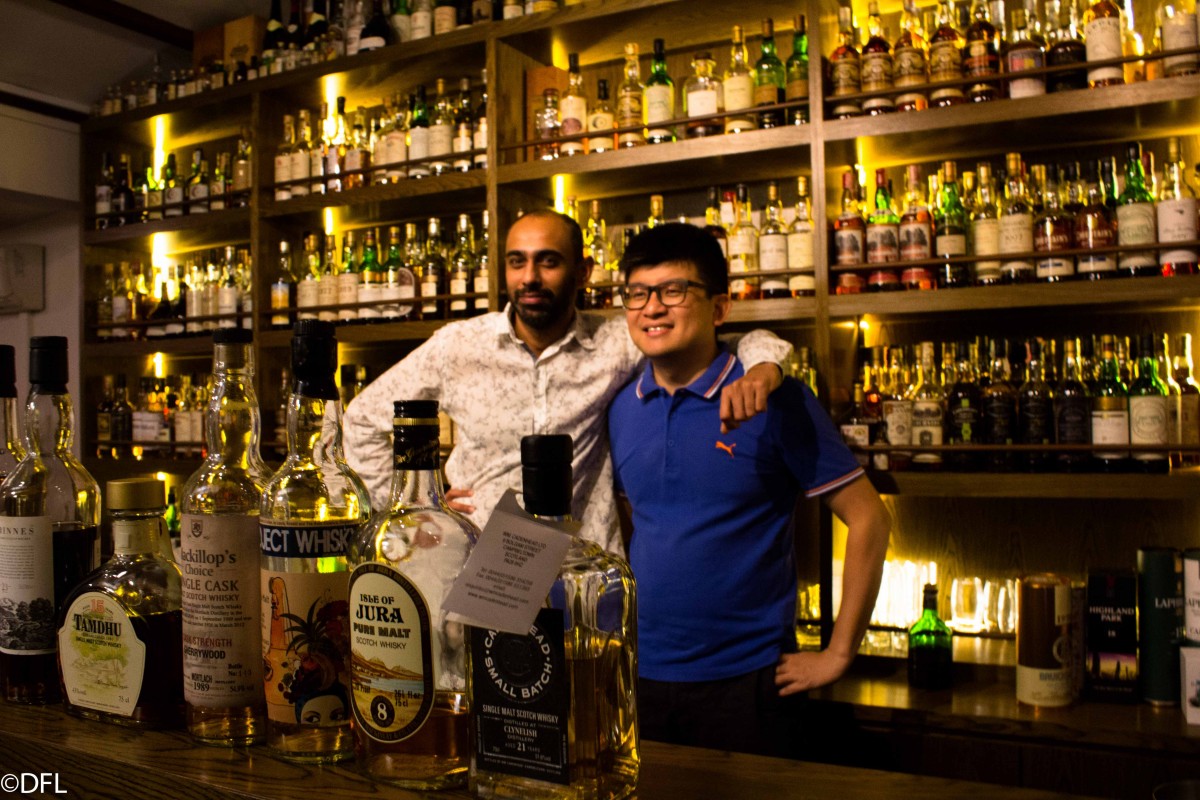
With every alcohol imaginable to man and then some, knowledgeable staff are crucial, but knowing what to ask for is just as important. The good folks at Swan Song Bar in Singapore. (Image Source: Parched Asia)
The list goes on…alcoholic beverages have existed for thousands of years, you’d think that people would try their hands making them with all sorts of agricultural produce. Which is also what is terribly fun about them; there’s so much to explore and what can be unlocked in an otherwise nondescript clear or amber colored liquid is almost unbelievable – the most perfumed bouquet, baked pastries, truffles, a wet pavement, bbq, … boundless are the possibilities.
But that said, the intimidation is still real. Even once you’ve decided what category of alcoholic beverage you’re intending to try, where do you begin to choose which one of the 487 rums you should go for?
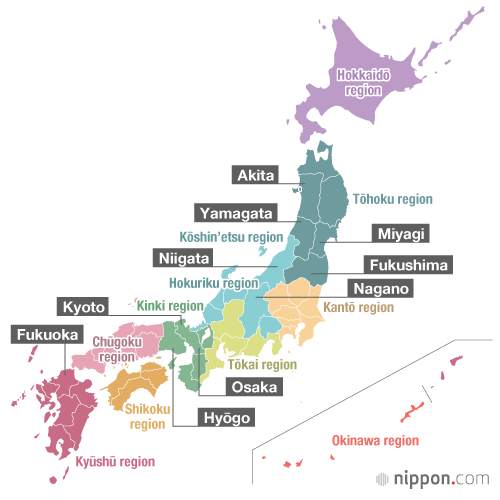
Start by segmenting them by region and ask your bartender for the flavors and textures associated with each region. (Image Source: nippon.com)
Tip #2: After choosing the type of alcoholic beverage you’d like to try, segment them by country or region. Various styles tend to come from regional specialties and were usually designed to suit local tastebuds.
Think of it this way, if all wines are made using grapes, the biggest differences would likely be the style of wine produced (even if you consider the distinction between white and red grapes, these can still be segmented by country and region). More often than not, a country or region would not only have producers typically produce alcohol with whatever agricultural produce they are known for or is available to them, but would typically produce them in a style that is beloved by the local drinkers. The same goes for anything from beers, to whisky or rums, gins and tequila, amongst others.
So going back to choosing what to drink, first decide on the category and then segment them by country and region, and ask your bartender what flavour profiles are associated with the specific country or region, and that should get you significantly closer to finding a drink you’ll like.
Whiskies can be easily separated as Scotch, Japanese whiskies, American whiskies, Australian whiskies, and so forth, each embodying a certain style. Within Scotland’s wealth of whiskies, you can further segment them by region – Islay, Highlands, Speyside, Lowlands, Campbeltown – again, each with their own regional characteristics.
If you're unsure, go for a flight instead! It is a great way to try several drinks in a series that allows you to better notice the differences without breaking the bank. (Image Source: Pinterest)
Tip #3: If you’re just out exploring drinks, and you aren’t sure you’ll like it, try asking for a half glass, a half pour, or a half dram. Most bars offer smaller quantities that are designed to allow drinkers to try something without committing to it just yet.
If you’re certain you like it, you can go for the full glass. This is a much more affordable way to try more and figure what you like. And always ask for the price before going for it, so you can avoid that damned post purchase regret!
Consider also trying a flight, which is a series of a certain category of alcohol designed for exploration. This could mean a set of five Scotch whiskies each from one of Scotland’s five whisky producing regions, or a set of several rum of different vintages from the same distillery, or a selection of several beers of different styles ranging from IPA to stout and lager. These may also be offered in the quantity of half pours, so neither you nor your wallet needs necessarily get smashed.
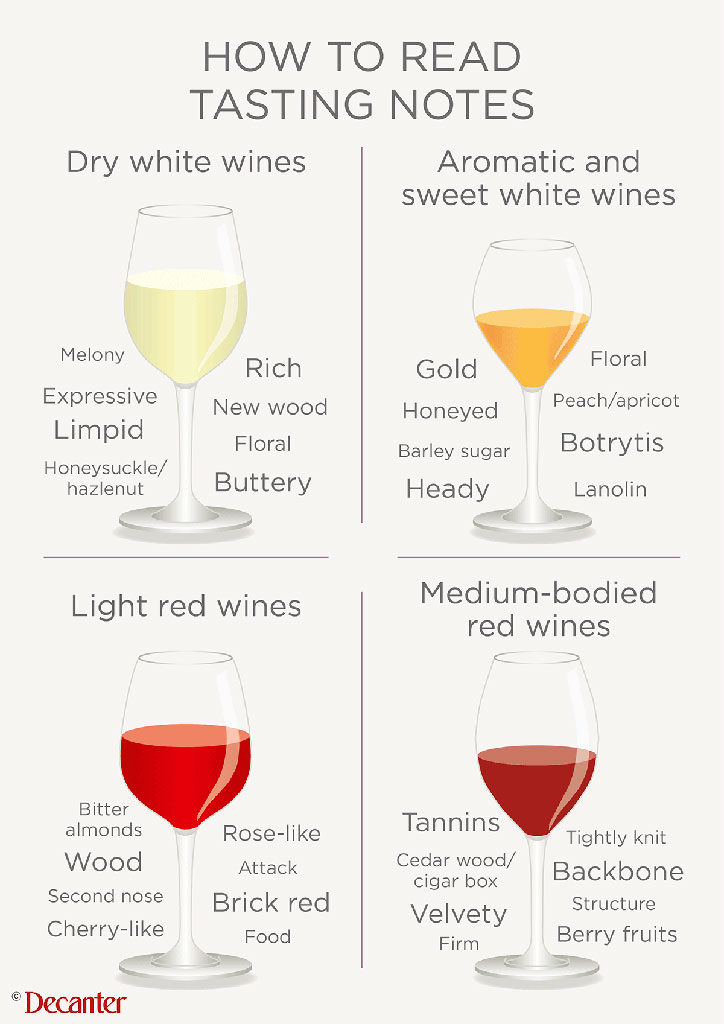
You don't have to be Shakespeare to write down some quick tasting notes. They'll not just help you remember what you tried, but help you along your journey in finding what it is that you like. (Image Source: Decanter)
Once you’ve tried your drinks, try and record them down, what you liked about them AND what you didn’t like about them, how they smelt on the nose, the textures and flavors on the palate, and how smooth and long or short it continued on after you were done drinking them. You needn’t be a NASA scientist to simply journal down “tasted sweet and floral, although alittle too watery; it smelt like fresh flowers and herbs, and after I drank it, it went on forever and was a lot warmer than I expected with a tartness that was just too much!”.
Bonus Tip: A quick writing down of what you liked and did not like about the drink will help you get closer to finding your perfect drink. You don't need it to be indepth, you're not writing a novel, you just need it to be useful in finding your next drink.
From there, you’ll start to figure out what you like and don’t like, and the next time you order, let your bartender know what you tried and what you liked and didn’t like about it, and ask for a recommendation based on that or similar to that.
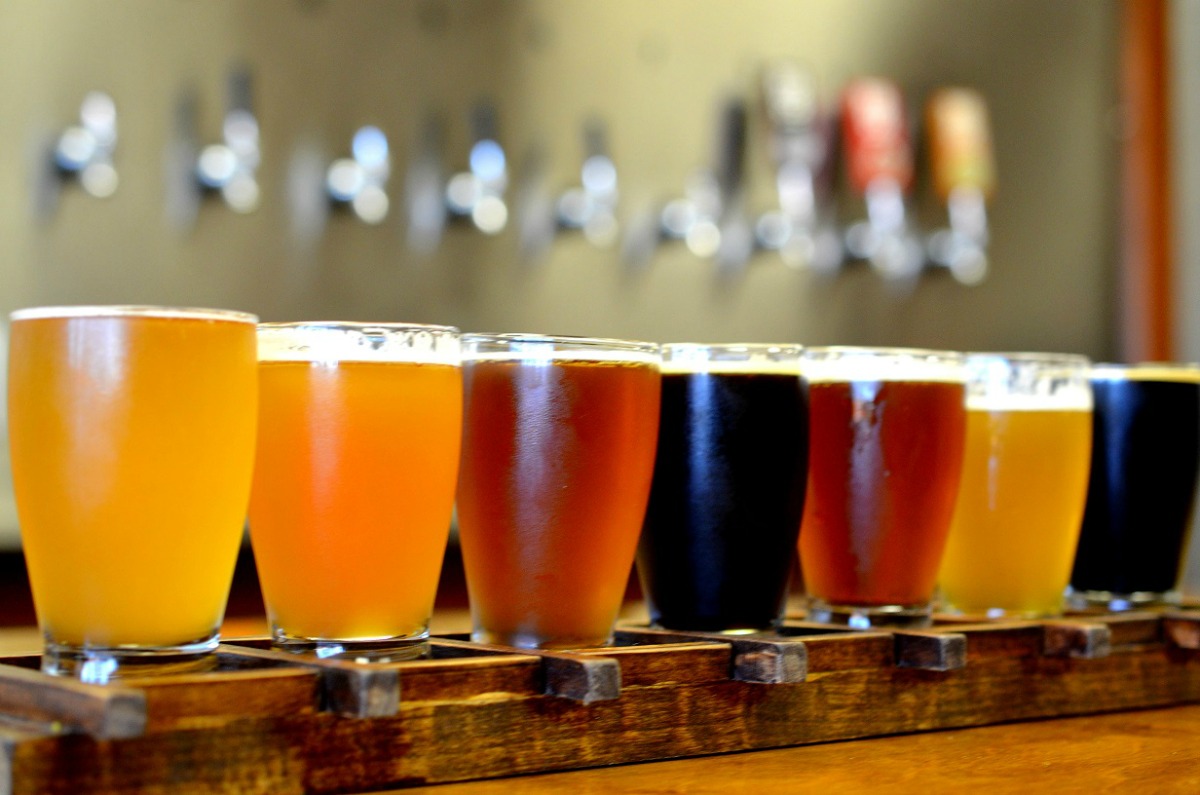
Trying everything under the Sun is part of the fun! (Image Source: Encore Atlanta)
Glass by glass, you’re in for the trip of a lifetime!
And that’s how you get the most of your Whisky/Rum/Gin/Wine/Sake/Tequila/Beer bar experience!
Kanpai!

@111hotpot







